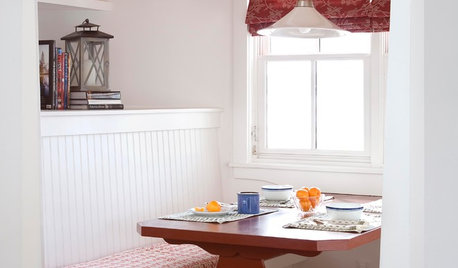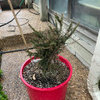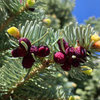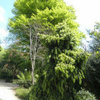How to explain this
jorginho
9 years ago
Related Stories

COFFEE WITH AN ARCHITECTThe Elements of Design Explained With Venn Diagrams
Design doesn't have to be hard to understand. It just needs the right presentation
Full Story
COFFEE WITH AN ARCHITECTArchitectural Abbreviations Explained
Cryptic notes on architectural plans and drawings lose their power to baffle with this decoding help
Full Story
COFFEE WITH AN ARCHITECTDesign Explained in Pie Charts
If you've ever wondered about the creative process of architects and designers, check out these simple charts
Full Story
COFFEE WITH AN ARCHITECTHitting the Bars to Explain the Design Process
Simple bar charts and a little math by a seasoned architect give a helpful overview of renovation and new-build proceedings
Full Story
COFFEE WITH AN ARCHITECTArchitecture Explained in Venn Diagrams
An analysis of the design profession using pure geometry and angst
Full Story
KITCHEN DESIGNKitchen Banquettes: Explaining the Buffet of Options
We dish up info on all your choices — shapes, materials, storage types — so you can choose the banquette that suits your kitchen best
Full Story
KITCHEN DESIGNExpert Talk: 10 Reasons to Hang a Chandelier in the Kitchen
Unexpected? Sure. Incongruent? Not at all. Professional designers explain why a chandelier can work in kitchens from traditional to modern
Full Story
BATHROOM DESIGNExpert Talk: Frameless Showers Get Show of Support
Professional designers explain how frameless shower doors boosted the look or function of 12 bathrooms
Full Story
DECORATING GUIDESExpert Talk: Lean or Hang Artwork?
Professional designers explain why a tilt is sometimes better than a nail for artwork around the home
Full Story
BATHROOM DESIGNExpert Talk: Freestanding Bathtubs Make a Splash
Professional designers explain why they chose freestanding tubs and how the style can enhance the design of any bathroom
Full Story






mikebotann
jorginhoOriginal Author
Related Discussions
Making my first raised bed this weekend. How do I go about it?
Q
not sure how to explain...'smoothing over' an old door jamb
Q
How to explain ex step mom has moved on?
Q
How to stop current CS for 19yr.old but pay arrears?
Q
bengz6westmd
wisconsitom
mikebotann
jorginhoOriginal Author
jorginhoOriginal Author